According to the The Office for National Statistics (ONS), there will be almost 20 million people in the country aged 65 years and over by 2028, representing an 80% increase from today’s 11 million. Further research has also highlighted that many from this generation are unprepared for the care they will need in the future.
Neil McManus, Managing Director of GHM Care, says: “The new statistics represent a veritable tsunami in terms of the number of people that will be opting for a retirement setting or care home in just a few years time.
“Of course, a home will always be limited by the physical space it has but there are many other ways in which care homes can prepare to care for larger numbers of residents, mostly by using technology that’s available to work smarter. For example, all of our solutions are designed around staff efficiency and delivering an excellent level of care simultaneously.”
In this report, we highlight some key areas in which care homes and retirement communities can start planning for our ageing population.
Staff efficiency
We understand that staff will be working harder so it’s vital to provide them with the right tools so they can work smarter. By enabling carers and support staff to move around a home or community more efficiently, they can meet the needs of more residents in a shorter space of time. Solutions such as delivering nursecall alerts directly to mobile devices – so they don’t have to check a central console – improve staff mobility, speed up response times and reduce waste. It means less time up and down the corridors and more time with residents.
Integrating the technologies used by carers also improves efficiency and saves money. Consolidating the number of devices a carer has to carry makes huge savings and enables staff to get to the information they need much faster. We integrate virtually all third party technologies and apps onto our mobile devices so everything a carer needs is easily accessible.
Operational efficiencies
Choosing the right technology for your care home can transform the way you operate. Whatever your digital transformation goals, there are some great technologies designed specifically for care homes that really focus on operational efficiency.
For example, our Nexus nursecall app records all nursecall data and presents it all in an easy to use dashboard. The reports can be broken down by number of calls, peak times, zones and types of call so management can make informed decisions on staffing levels, rotations and other key resources. Improving the volume of data available for decision making is key.
Nexus also integrates with leading digital care records so nursecall data can be recorded automatically onto a patients timeline. This not only saves having to record the interaction manually but also improves the visibility but finally bridges the gap between personal care records and nursecall systems.
Again, carrying less devices streamlines costs, suppliers and maintenance.
Automation is also key. Reducing the number of manual tasks and processes means that staff can spend more time with more residents. It also improves their job satisfaction meaning less turnover.
How AI might help care homes in the future
Technology advances quickly, and AI will play a vital role in care homes of the future. While it can’t replace human care providers, used ethically, it can assist with social interaction and cognitive stimulation, e.g. through interactive games and reality experiences.
Premium services
The segment of our population that will be over 65 in 2028 are much more tech savvy that their predecessors. Many will also be opting for a new style of living in care homes and retirement villages that provide a home-from-home level of comfort and amenities.
This all means that care homes will have to provide business-grade connectivity and internet access for residents to access all of their favourite entertainment, apps and technologies.
Outdoor access will also be more important (and can improve the use of space) so make sure any routers and access points cover these spaces too.
Mental Health
Isolation is a key issue for any care home resident. Interactions with family and friends is hugely important for improving mental health and by ensuring residents can call, video calling and message loved ones at any time is vital.
Using technology to improve interaction between residents will also be key. Whether it’s used to deliver activities, encourage conversations or simply to make communicating easier, having the right foundations such as a strong network, WiFi and accessible handsets and devices will empower your residents and improve their interactions.
Summary
Our approach to care home technology is simple: we are committed to improving the level of care for residents and the day-to-day working lives of staff. We truly understand the challenges that care homes are already facing, even before the rising numbers associated with an ageing population. That’s why we work with care home owners, management, carers and constructors to ensure our technologies create efficiencies at every stage, whilst remaining focussed on the level of care and experience of the resident.
You can see how many care homes are using our solutions on our case study page.
